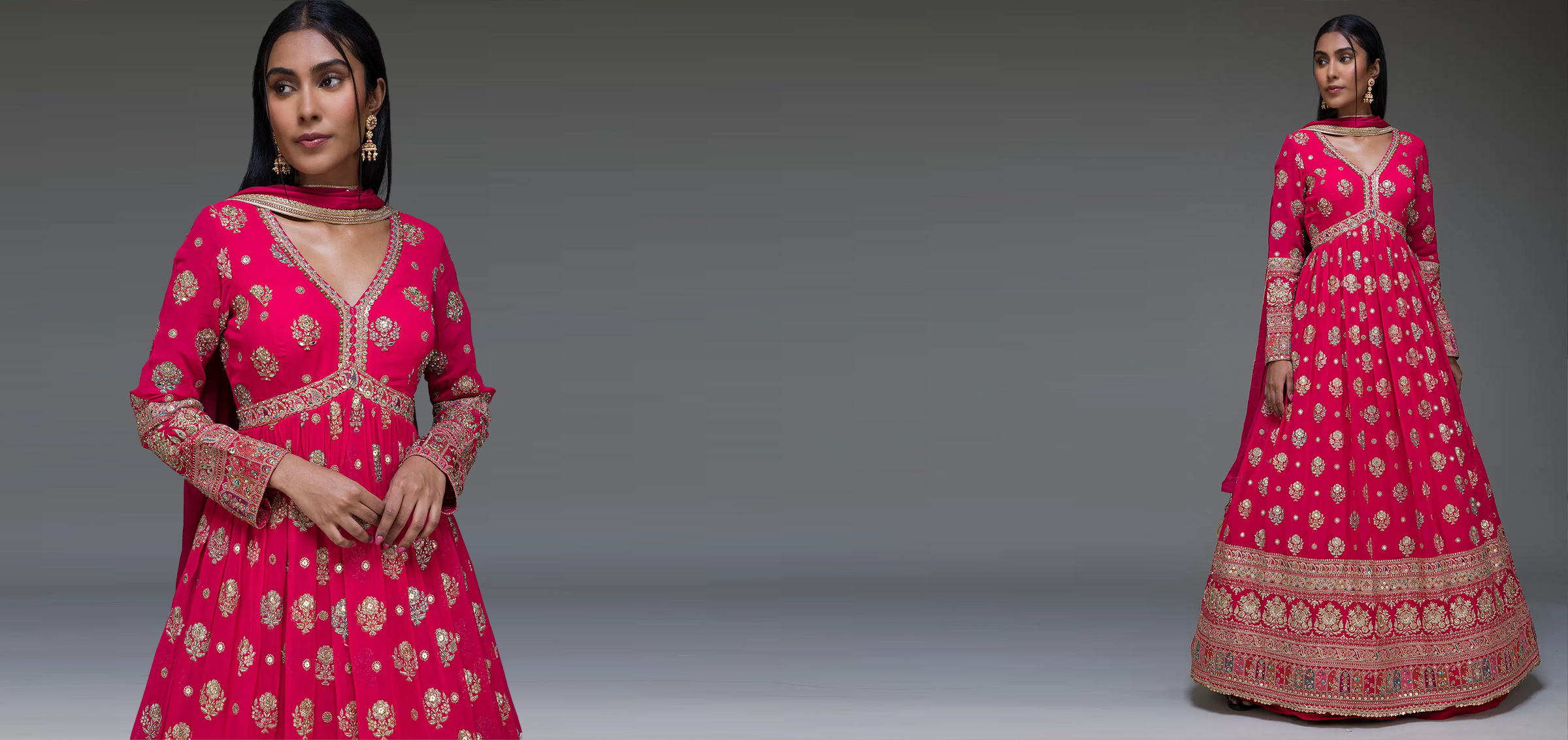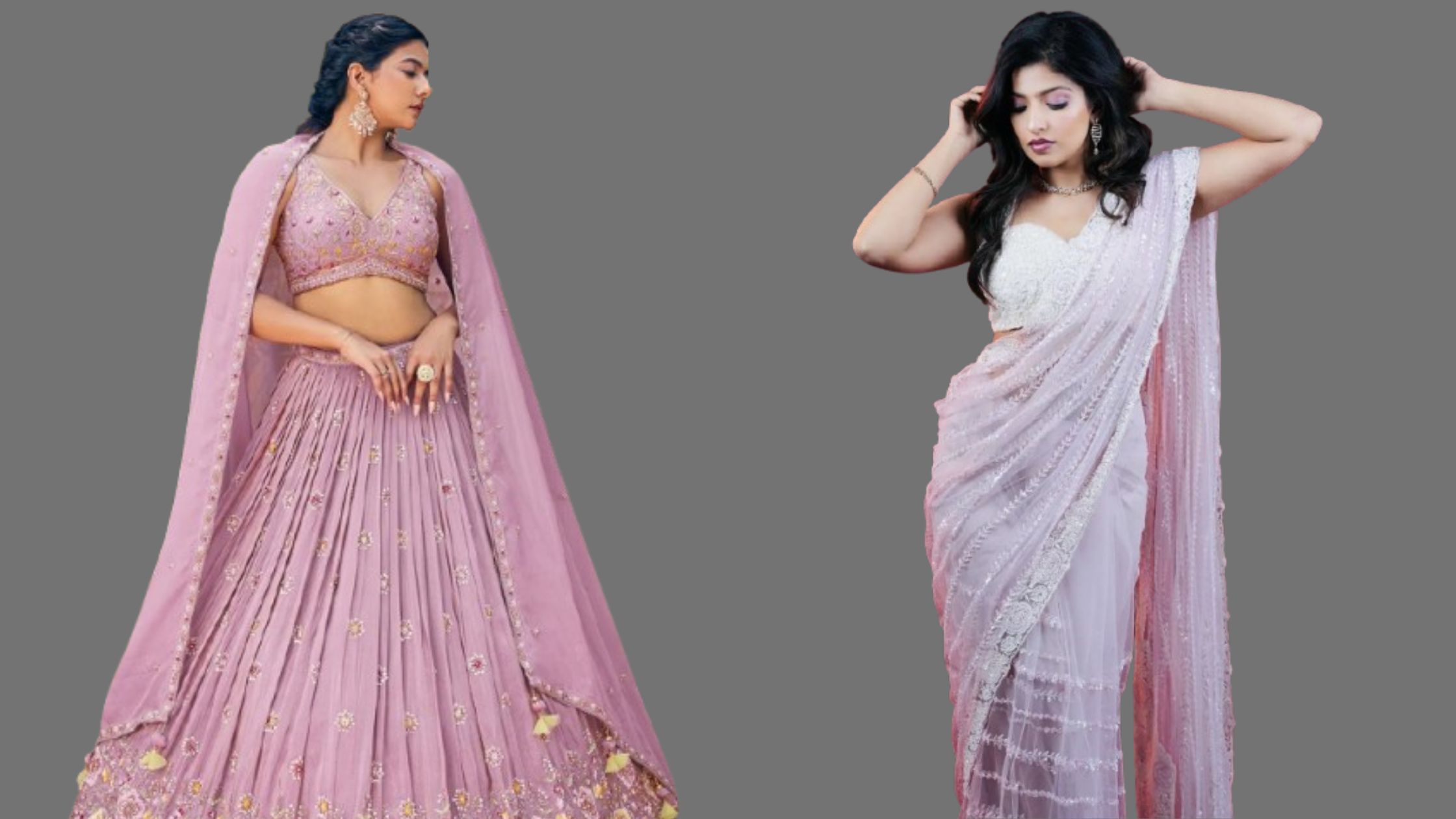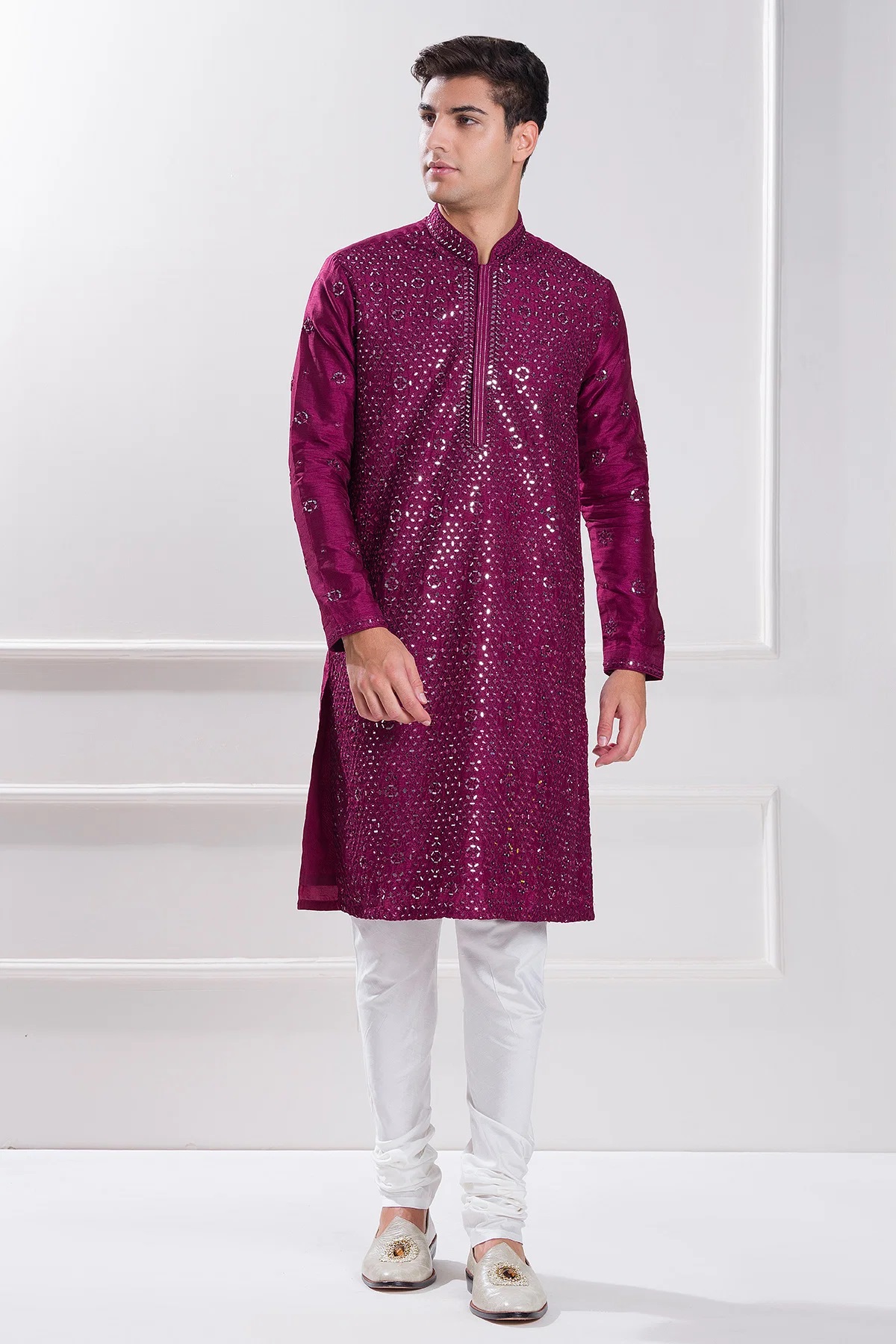The Banarasi Whisper: Threads of Unspoken Grandeur

Strong 8k brings an ultra-HD IPTV experience to your living room and your pocket.
In the ancient city of Varanasi, where the Ganges flows with tales as old as time, there's a whisper carried on the wind – a whisper of silk, gold, and centuries of artistry. This is the Banarasi whisper, the silent story woven into every thread of a Banarasi saree, transforming mere fabric into a wearable legacy of timeless elegance. Far more than just attire, these magnificent creations are a symphony of heritage, a testament to human ingenuity, and a bridge between past and present.
Unfurling the Scroll of Time: A Royal Genesis
The genesis of the Banarasi saree is a grand tapestry in itself, vibrant with royal patronage and cross-cultural brilliance. It wasn't always a part of Varanasi's identity. The true blossoming of this art form occurred during the Mughal era, when emperors, captivated by the intricate brocade work brought from Persia, fostered its development in Banaras. This wasn't a simple adoption; it was a magnificent fusion. The precise, geometric patterns of Persian design met the vibrant, flowing aesthetics of Indian artistry, giving birth to a unique weaving tradition characterized by its opulent gold and silver threadwork, known as zari, and a richness that mirrored the era's grandeur. Over the centuries, this art evolved, each generation of weavers adding their own signature, yet always preserving the quintessential soul of the Banarasi.
The Soul of Silk: A Weaver's Sacred Ritual
To truly appreciate a Banarasi saree is to understand the sacred ritual of its creation. It begins not just with silk threads, but with a vision meticulously brought to life by hands that have inherited knowledge passed down through generations. The finest silk, often sourced from Karnataka or South India, is dyed in a kaleidoscope of hues, each shade carefully chosen to enhance the final design.
The true magic unfolds on the loom. Here, the weaver, sometimes accompanied by assistants for intricate patterns, meticulously interlaces the warp and weft. Every motif, every border, every intricate detail is not machine-printed, but hand-woven, thread by painstaking thread. This intense labor of love can consume weeks, even months, for a single saree, especially those adorned with elaborate zari work. The shimmering gold and silver threads, often genuine, catch the light, imbuing the fabric with a luminous quality that is utterly mesmerizing. It's a symphony of precision and patience, where each knot and every pass of the shuttle contributes to a living work of art.
Echoes in the Weave: Motifs with Meaning
Beyond their visual splendor, the motifs woven into Banarasi sarees are imbued with deeper meanings and narratives. They are not merely decorative elements but symbolic expressions, each telling a silent story:
• Konia (Corner) Motifs: Often featuring intricate paisley (ambi) or floral designs that gracefully adorn the corners of the pallu, symbolizing fertility and prosperity.
• Bel (Creeper) Designs: Flowing, organic patterns that run along the borders, representing growth, interconnectedness, and life itself.
• Jangla Patterns: The most elaborate, where the entire body of the saree is covered with intricate, sprawling vine or floral designs, showcasing the weaver's ultimate mastery and reflecting the lushness of nature.
• Shikargah (Hunting Scene): A rare and highly prized motif, depicting scenes of hunting, often featuring animals and human figures, a true testament to narrative weaving.
• Buti (Small, Scattered Motifs): Tiny, delicate designs like coins, stars, or simple flowers scattered across the fabric, adding subtle elegance and texture.
Beyond Fashion: A Legacy Draped in Splendor
In a world dictated by fleeting trends, the Banarasi saree stands as a monument to enduring elegance. Its appeal transcends mere fashion, rooted in its profound cultural significance and timeless beauty. A Banarasi isn't just worn; it's inherited, cherished, and celebrated. From the resplendent bridal trousseau to a graceful statement at a grand celebration, it embodies sophistication, grace, and an unwavering connection to heritage. It's an heirloom, carrying not just the shimmering threads of silk, but also the whispers of family history, the warmth of traditions, and the cherished memories of generations.
Safeguarding Your Silk Whisper: A Guide to Longevity
To ensure your Banarasi saree continues its silent whisper of grandeur for years to come, mindful care is paramount:
• Professional Dry Cleaning is Key: Avoid washing at home. The delicate silk and intricate zari demand professional dry cleaning to maintain their integrity and luster.
• Breathable Storage: Store your saree in a cool, dry place. Wrap it in a soft, breathable fabric like muslin cloth or an old cotton saree to protect it from dust, moisture, and direct sunlight. Avoid plastic covers, which can trap humidity.
• Careful Folding: Refold your saree periodically along new lines to prevent permanent creases and wear on the zari work.
• Airing Out: Occasionally take it out of storage and air it in the shade to keep it fresh.
The Unending Tale
The Banarasi saree is more than just an item of clothing; it's a living, breathing narrative, an echo of ancient artistry, and a vibrant symbol of timeless Indian craftsmanship. Each time you drape a Banarasi, you're not just adorning yourself; you're becoming a part of an unending tale, weaving new chapters into its rich, shimmering history.
Note: IndiBlogHub features both user-submitted and editorial content. We do not verify third-party contributions. Read our Disclaimer and Privacy Policyfor details.







